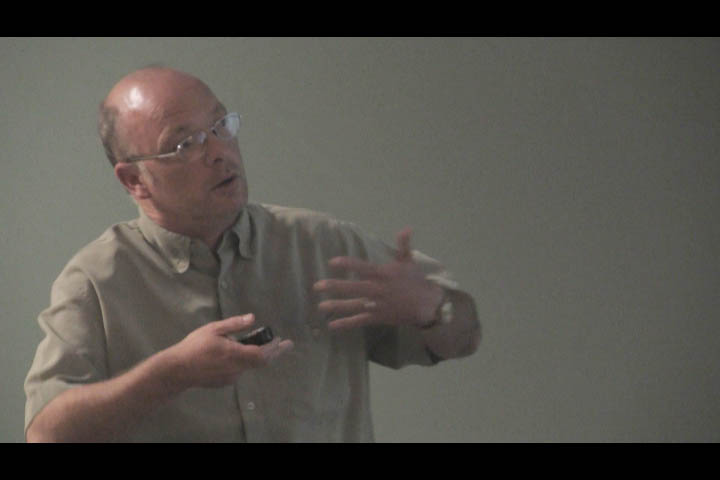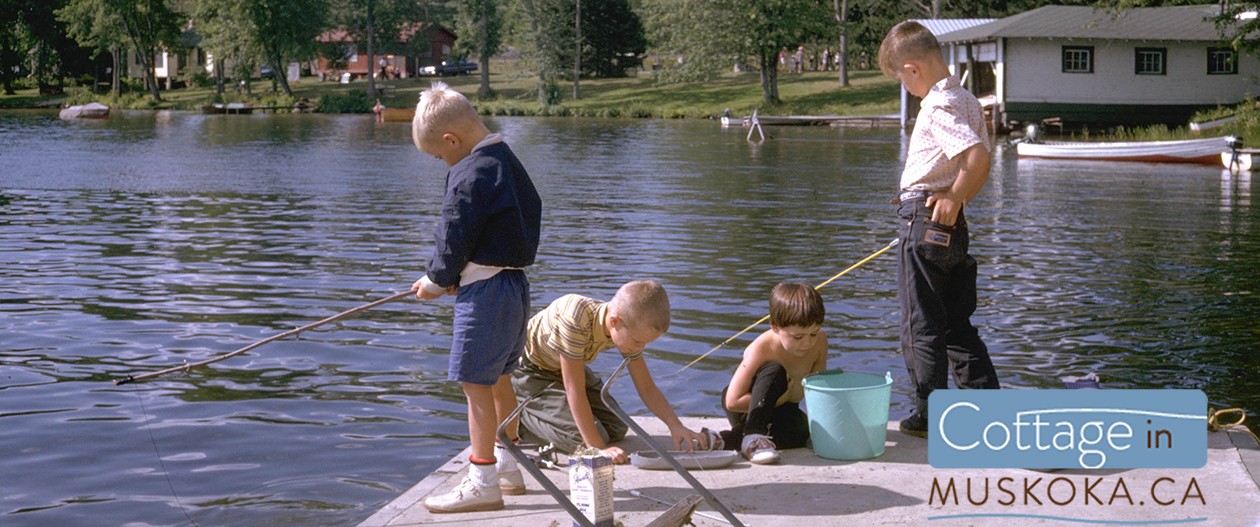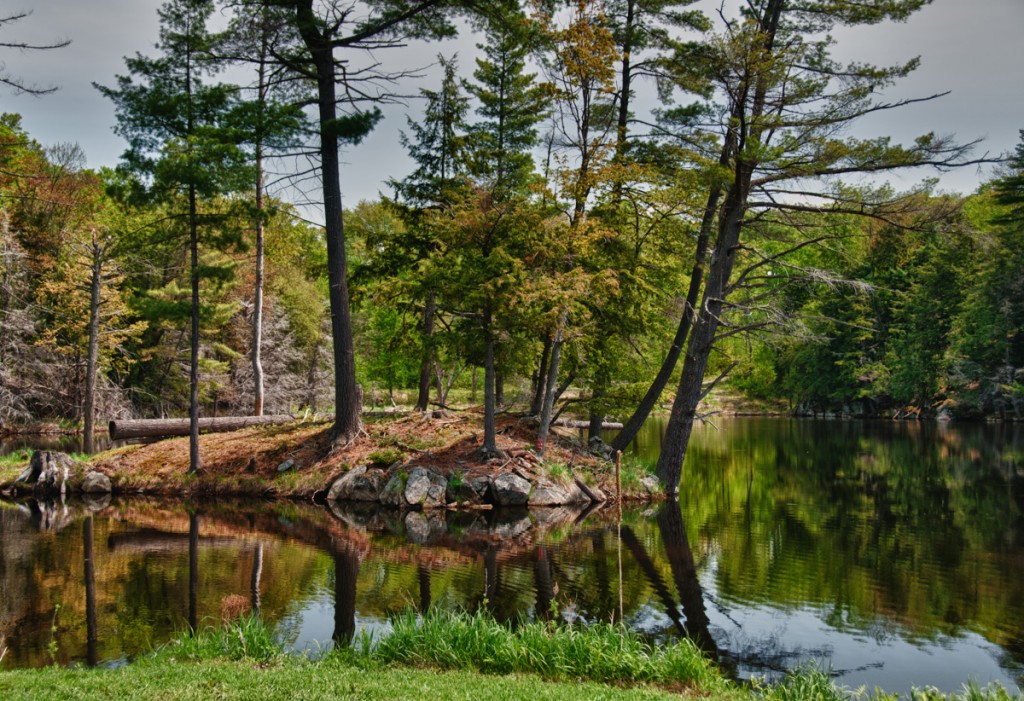
As mentioned last month in this cottageinmuskoka blog entry and this news story from the Huntsville Forester (Cottage Country Now), the decline of calcium in our lakes can affect our lakes recovery from acid rain as well as zooplankton in our lakes, which are are very sensitive to declining calcium levels.
From the Muskoka Watershed Council Lecture Series I have just finished editing and have just posted this video on the Muskoka Watershed Council’s YouTube page.
This is interesting information of value not only for those who own a cottage in Muskoka, but all of us who live in or visit Muskoka. In the presentation Dr. Shaun Watmough of Trent University helps us understand:
Why should we care about calcium in the environment?
How are calcium levels in lakes, vegetation and soils changing?
What is causing these changes?
What will be the impact of timber harvesting on lake calcium levels?
What are the critical uncertainties?















